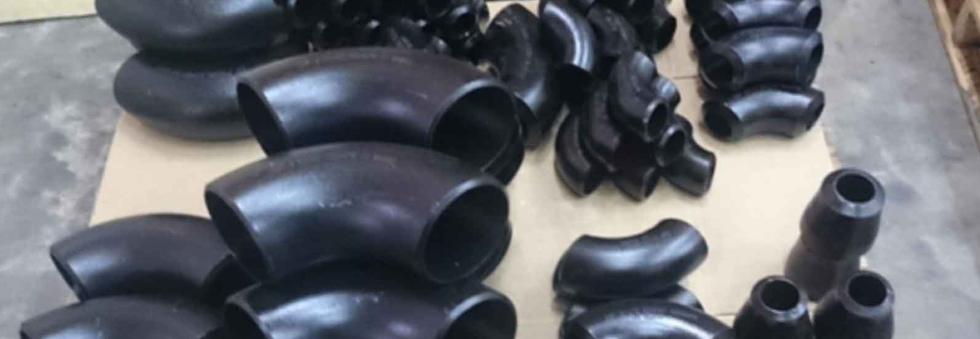Understanding the grades of carbon steel used in fittings and their properties.

Carbon steel fittings are made from a type of steel that contains carbon as the main alloying element. The grades of carbon steel used in fittings are determined by the amount of carbon and other alloying elements present in the steel. The most commonly used grades of carbon steel for fittings are:
ASTM A105: This is a commonly used grade for carbon steel fittings, known for its strength and durability. It is suitable for use in high temperature and high pressure applications.
ASTM A234: This grade of carbon steel is known for its high ductility and excellent resistance to corrosion. It is commonly used in applications where low temperature toughness is required.
ASTM A350: This grade of carbon steel is known for its good resistance to corrosion and its ability to withstand high temperatures. It is commonly used in applications where low temperature toughness is required.
ASTM A420: This grade of carbon steel is known for its high strength and low temperature toughness. It is commonly used in low temperature applications, such as cryogenic systems.
Each grade of carbon steel has its own unique properties, such as strength, toughness, and resistance to corrosion, that make it suitable for different applications. When selecting a grade of carbon steel for fittings, it is important to consider the specific requirements of the application, such as temperature and pressure, to ensure that the right grade is selected.